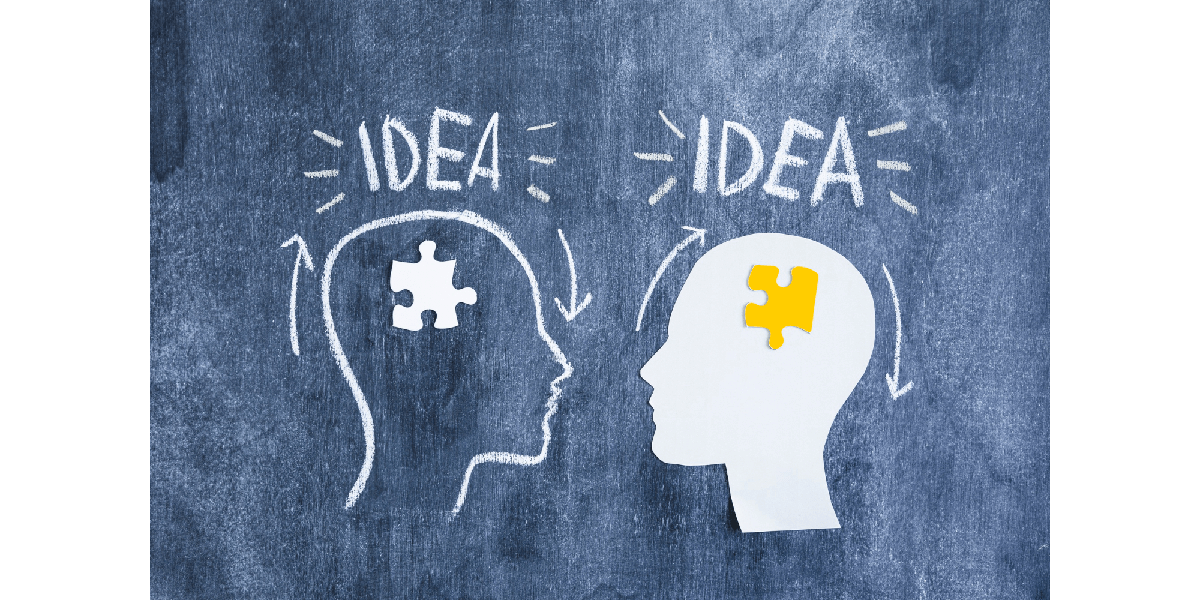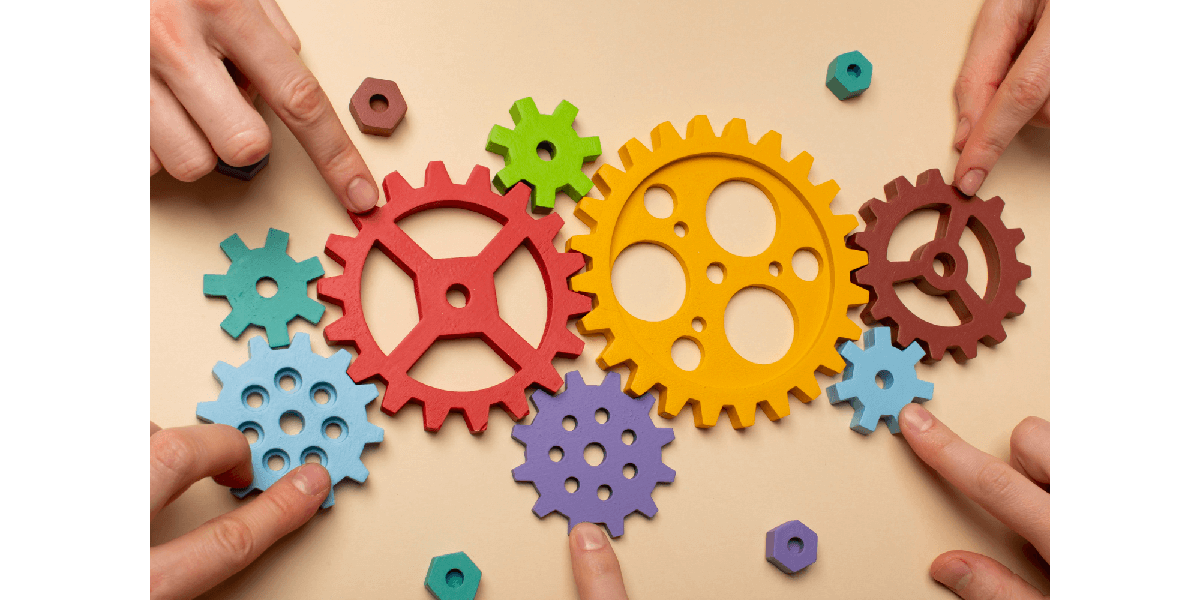


The Agile Mindset is not just a methodology—it’s a way of thinking that helps individuals and teams navigate change effectively. At its core, it emphasizes adaptability, collaboration, and continuous learning.Instead of rigid processes, Agile focuses on value and real results. Change is seen as an opportunity for improvement rather than a disruption. Teams are encouraged to experiment, learn from feedback, and iterate quickly to create better solutions.Agile prioritizes interactions, working solutions, and customer collaboration over strict plans and heavy documentation. Organizations that embrace this mindset empower teams to make decisions and innovate without unnecessary bureaucracy.

The Agile Manifesto is a declaration of core values that form the foundation of Agile. It consists of four key values:
over processes and tools
over comprehensive documentation
over contract negotiation
over following a plan

The 12 Agile Principles provide a detailed guide on how Agile is applied in practice:
Our highest priority is to satisfy the customer through the early and continuous delivery of valuable software.
Welcome changing requirements, even late in development. Agile processes harness change for the customer’s competitive advantage.
Deliver working software frequently, from a couple of weeks to a couple of months, with a preference to the shorter timescale.
Business people and developers must work together daily throughout the project.
Build projects around motivated individuals. Give them the environment and support they need, and trust them to get the job done.
The most efficient and effective method of conveying information to and within a development team is face-to-face conversation.
Working software is the primary measure of progress.
Agile processes promote sustainable development. The sponsors, developers, and users should be able to maintain a constant pace indefinitely.
Continuous attention to technical excellence and good design enhances agility.
Simplicity–the art of maximizing the amount of work not done–is essential.
The best architectures, requirements, and designs emerge from self-organizing teams.
At regular intervals, the team reflects on how to become more effective, then tunes and adjusts its behavior accordingly.


The Lean Startup, introduced by Eric Ries, is a methodology that helps entrepreneurs build products efficiently by focusing on validated learning, rapid experimentation, and customer feedback. This guide explores why Lean Startup matters, how it works through the Build-Measure-Learn cycle, and what benefits it delivers for businesses looking to innovate with minimal waste. 🚀